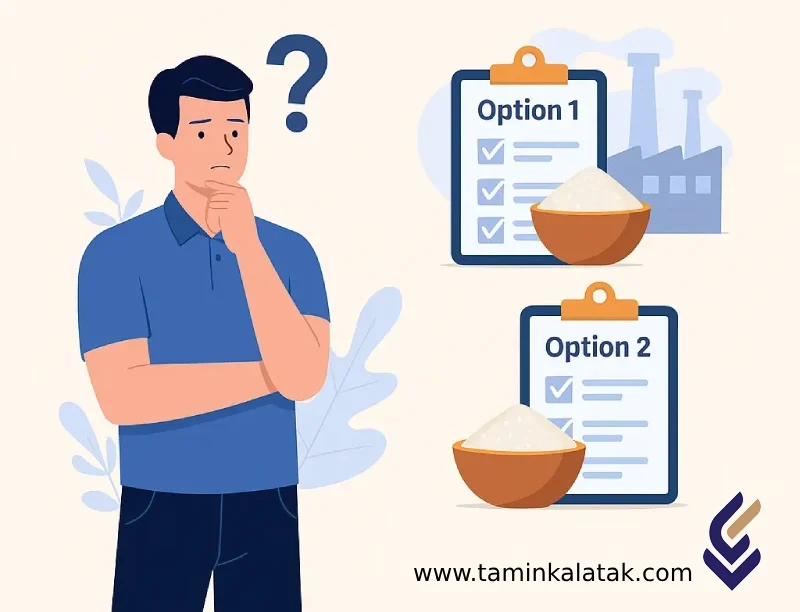How to choose the right raw material for production

As you probably know, selecting the right raw material is one of the most critical stages in any industrial production process. In fact, by choosing the appropriate material, you not only influence the quality of the final product, but you can also reduce overall production costs, optimize manufacturing time, and ensure compliance with international standards.
In this article, we will examine the key factors involved in selecting the best polymer and petrochemical raw materials and provide practical guidelines for manufacturers and factory owners.
Understanding the Final Product and Its Application
The first step in selecting the right raw material is to have a clear understanding of the product you are going to manufacture. For example:
-
Does the product require heat resistance?
-
Will it be exposed to chemicals or moisture?
-
Is it designed for domestic use or industrial applications?
Each of these questions helps define the right material — such as Polyethylene (PE), Polypropylene (PP), Polycarbonate (PC), or other thermoplastics — according to the desired performance and end-use. Therefore, both the type and grade of the material are crucial in achieving the desired results.
Evaluating the Physical and Chemical Properties of Materials
When selecting the best raw material, it is recommended to assess its key physical and chemical properties in relation to your application, including:
-
Mechanical strength
-
Impact resistance
-
Softening temperature
-
Transparency or colorability
-
Chemical resistance
For instance, ABS (Acrylonitrile Butadiene Styrene) is an ideal option for injection-molded parts that require dimensional accuracy and toughness.
Cost and Availability of Raw Materials
One of the major determining factors is the current market price and availability of polymer raw materials. Market dynamics — such as supply levels, production capacity, and import dependency — can directly impact both pricing and delivery time.
In general, some specialty grades may rely on imports, leading to price fluctuations and potential delays in procurement. Thus, it’s essential to work with reliable suppliers to ensure a stable supply chain.
Type of Production Process
The manufacturing process also plays a decisive role in selecting materials. Some polymers are suitable only for extrusion, while others are ideal for injection molding or blow molding. Therefore, the chosen raw material must be compatible with the specific production equipment used in your facility.
Compliance with Regulatory and Health Standards
Industries such as food packaging, medical, and pharmaceutical manufacturing require materials that comply with FDA, CE, or national health regulations (e.g., Iran’s Ministry of Health).
In these cases, specialized grades such as food-grade PP or medical-grade polymers must be used, each conforming to its own set of safety and performance standards.
Application-Specific Considerations
Many raw materials share similar applications, but the specific grade chosen can make a significant difference in performance. For example, a GPPS 1540 grade may be preferred for clarity and rigidity in a certain product, whereas another grade may be optimized for impact strength or thermal stability.
Conclusion
In summary, it is highly recommended to consult with technical experts before finalizing your raw material selection. Our team at Tamin Kala Company, with a strong track record since 2004, specializes in the supply of petrochemical, polymer, steel, plastic, and agricultural materials, as well as in import and export operations related to industrial raw materials.
We provide guidance on suitable material brands, production methods, and detailed technical datasheets (TDS) for your desired materials.
Ultimately, a well-informed selection of polymer raw materials is the key to producing high-quality, cost-effective, and competitive products in today’s industrial market.






